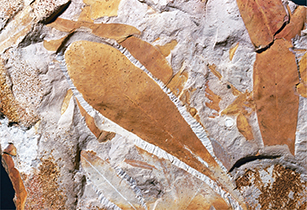Figure 23 Fossils of Glossopteris and other plants and animals on widely separated land masses led Alfred Wegener to hypothesize that the continents had once been joined.

Continental Drift
Although the process of plate tectonics was not fully understood until the 1960s, many clues were observed earlier. For instance, when the early explorers began to discover the shapes of the continents, mapmakers noticed how well the shapes of North and South America fit together with Europe and Africa. It seemed almost as if the continents were pieces of a giant jigsaw puzzle that had been broken apart.
Later on, geologists discovered fossils of species of land-based plants and animals on continents separated by large oceans. For example, fossils of the same species of Glossopteris (glaw SAHP tuhris) plant, shown in Figure 23, were found in South America, Africa, Antarctica, India, and Australia. These fossils puzzled geologists because their locations are widely separated.
In 1912, a German scientist named Alfred Wegener (1880–1930) proposed a hypothesis to explain these puzzling observations.  Wegener hypothesized that the continents were once joined in a single supercontinent, which then broke into pieces that moved apart. Wegener called this ancient supercontinent Pangaea (pan JEE uh), which means “all land.” According to Wegener's hypothesis, the continents move slowly across Earth's surface in a process called continental drift, as shown in Figure 24. Continental drift explains why the continents seem to fit together. It also explains why the fossils of plants and animals that once lived in a single region are now scattered across the globe.
Wegener hypothesized that the continents were once joined in a single supercontinent, which then broke into pieces that moved apart. Wegener called this ancient supercontinent Pangaea (pan JEE uh), which means “all land.” According to Wegener's hypothesis, the continents move slowly across Earth's surface in a process called continental drift, as shown in Figure 24. Continental drift explains why the continents seem to fit together. It also explains why the fossils of plants and animals that once lived in a single region are now scattered across the globe.
However, there were many problems with Wegener's hypothesis. Wegener was unable to explain how the continents could plow through the solid rock of the sea floor. Also, he was unable to give a convincing explanation of what force could move entire continents. As a result, most geologists rejected continental drift.
Figure 24 The continents move slowly across Earth's surface over time. A Earth's continents had joined to form the supercontinent Pangaea by 260 million years ago. B Pangaea gradually split into two separate land masses, Laurasia and Gondwana. C Laurasia split into North America and Eurasia, and South America moved away from Africa. D India has now combined with Eurasia, and Australia has broken off from Antarctica.
 d
d



